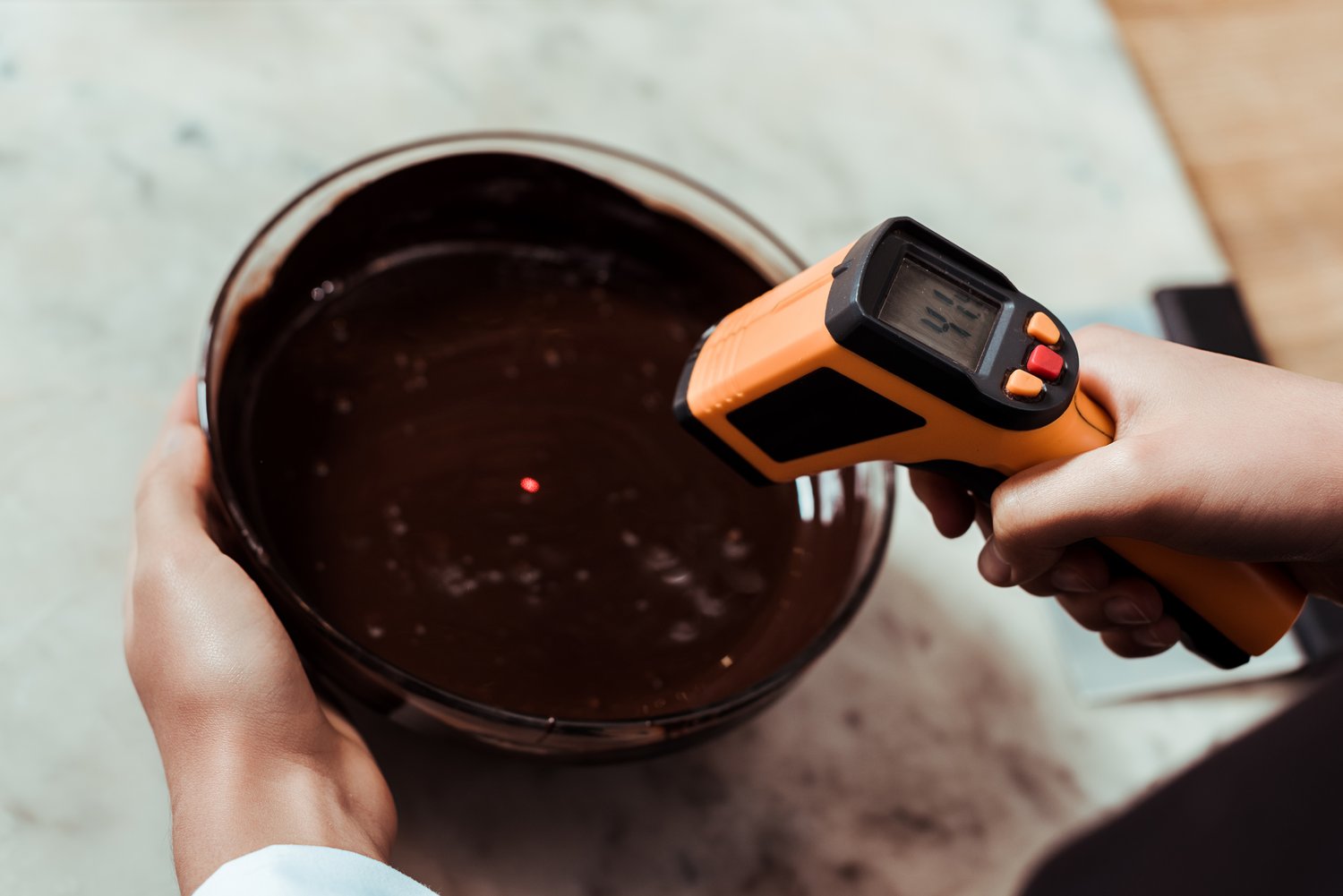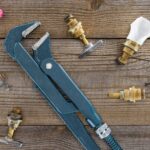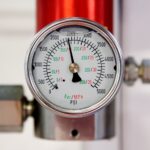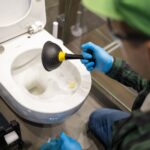In a bustling commercial kitchen, precision in cooking can make or break your reputation. Imagine serving a perfectly baked soufflé only to find it inconsistently cooked. The secret often lies in maintaining accurate oven temperatures. This guide delves into solving common oven temperature problems, ensuring your culinary creations are always top-notch.
- Discover the crucial role of accurate temperature control in achieving excellent cooking results.
- Identify the tell-tale signs of temperature discrepancies in your oven.
- Learn effective calibration methods and sensor repair techniques to restore your oven’s performance.
- Explore essential tools and techniques needed for precise temperature calibration.
By the end of this guide, you’ll be equipped with practical solutions to enhance your oven’s reliability, ensuring each dish is cooked to perfection and your kitchen operations run smoothly.
Understanding Oven Temperature Problems: Calibration and Sensor Repair Guide
In the realm of commercial kitchens, the precision of oven temperature is paramount for achieving high-quality cooking outcomes. Accurate oven temperature ensures consistency in food preparation, which is critical for maintaining food safety standards. A calibrated oven not only enhances the taste and texture of your culinary creations but also ensures energy efficiency, reducing operational costs for your business.
Calibration and sensor functionality play vital roles in maintaining this accuracy. Oven calibration involves adjusting the oven settings to ensure the internal temperature aligns with the displayed settings. Misalignment can stem from a variety of factors, including frequent use, power fluctuations, or aging components.
The oven temperature sensor is another crucial component. It monitors the internal heat level and communicates with the oven’s control board to adjust the heating element. A malfunctioning sensor can lead to temperature variances that affect cooking uniformity. Understanding these components can help kitchen managers proactively address temperature issues, ensuring uninterrupted service and excellent food quality.
Identifying Symptoms of Temperature Issues
Recognizing the signs of oven temperature discrepancies is the first step in maintaining optimal performance. Common indicators of temperature issues include inconsistent cooking results, such as undercooked or overcooked dishes despite following standard cooking times or recipes.
Fluctuating temperature readings are another signal that the oven might not be maintaining the desired heat level. These fluctuations can result in dishes that are cooked unevenly, hindering their quality and presentation.
More overt symptoms might include error messages on ovens equipped with digital displays. Such messages often indicate malfunctioning components like the temperature sensor or control board. By understanding and identifying these symptoms early, kitchen managers can minimize downtime and avert potential disruptions to their operations.
Approaches to Oven Temperature Problems: Calibration and Sensor Repair Guide
When it comes to solving oven temperature problems, recalibration and sensor repair are pivotal processes. These methods are essential for ensuring the consistent and accurate performance of your commercial ovens. Addressing these issues promptly not only enhances cooking results but also significantly boosts operational efficiency.
Recalibration of the oven involves adjusting its internal settings to align the displayed temperature with the actual heat produced. This process ensures that your oven maintains precise temperatures, crucial for food safety and quality. Regular recalibration is needed, especially when you notice signs of temperature fluctuations or uneven cooking outcomes.
Another critical aspect is addressing sensor malfunctions. Oven sensors are responsible for monitoring and regulating heat levels. Over time, they may fail due to wear or exposure to high temperatures, resulting in inaccurate readings. A malfunctioning sensor can disrupt cooking times and temperatures, leading to inconsistent results.
Understanding the specific needs of your oven model is vital before attempting any repairs. Some ovens feature accessible settings for recalibration, while others may necessitate professional assistance. Ensuring correct calibration and sensor functionality is key to maintaining optimal temperature conditions in your commercial kitchen.
Tools and Techniques for Calibration
Effective oven calibration requires specific tools and a methodical approach to guarantee precision. Among the essential tools, you’ll need a reliable oven thermometer to measure the actual temperature inside the oven. This tool helps you compare the oven’s performance against its settings.
Another indispensable tool is a user manual for your specific oven model. It offers detailed instructions on accessing and adjusting the oven’s calibration settings. Familiarize yourself with these settings to execute the calibration accurately.
The process begins by placing the oven thermometer inside the oven and setting the oven to a predefined temperature. Allow the oven to preheat for at least 15 minutes and note down the thermometer reading. If there is a discrepancy between the oven setting and the thermometer reading, then recalibration is necessary.
To recalibrate, adjust the oven’s calibration settings based on the thermometer readings. Each oven model has unique instructions, typically involving accessing a calibration mode through the oven’s control panel. Carefully follow these instructions to make the required adjustments.
Post-calibration, it’s crucial to conduct a follow-up test, repeating the measurement process to confirm accuracy. Repeating these steps ensures your commercial oven operates at optimal temperature, improving food quality and energy efficiency.
Maintaining Oven Performance Post-Repair
Ensuring the optimal performance of commercial ovens after calibration and sensor repairs is essential for any professional kitchen. Regular maintenance and diligent monitoring play a critical role in preventing future temperature-related issues.
The first step in enhancing oven performance is to establish a routine maintenance schedule. This not only includes regular cleaning and inspection of oven components but also ensures that any minor issues are addressed before they escalate. Ensuring the cleanliness of heating elements and fan systems will help maintain consistent cooking temperatures.
Additionally, it’s crucial to keep an eye on the oven’s temperature readings over time. This will help in detecting any anomalies early on. Utilizing a high-quality oven thermometer can assist in verifying the accuracy of the built-in temperature sensors. Periodic checks will help identify whether the calibration remains accurate.
Another key factor is staff training. Ensuring that kitchen staff understands the importance of correct oven use and the impact of misuse on equipment longevity can significantly extend the lifespan of the appliance. Proper training can help avoid common errors that lead to temperature irregularities.
Moreover, staying updated with the latest advancements in oven technology could offer insights into improved monitoring techniques. Consider integrating smart oven technologies that can provide real-time data and alerts about performance issues, fostering a more proactive approach to maintenance.
By focusing on these aspects, kitchen managers can not only enhance operational efficiency but also ensure their food service establishment delivers high-quality culinary results consistently. Regular maintenance and monitoring are indispensable in safeguarding against future oven temperature problems, securing a smoother kitchen operation.
FAQ: Managing Oven Temperature Challenges
Why does my oven temperature fluctuate?
Fluctuations can result from faulty sensors or incorrect calibration. Ensure sensors are clean and properly positioned.
How often should I calibrate my commercial oven?
Calibration should be performed every six months or whenever you notice temperature inconsistencies.
What tools do I need for oven calibration?
- Temperature probe
- Screwdriver
- Multimeter
Can I repair an oven sensor myself?
Yes, with proper guidance. Ensure the oven is off and follow manual instructions carefully.
How can I prevent temperature issues in the future?
Regular maintenance and periodic recalibration will help prevent temperature-related problems.





